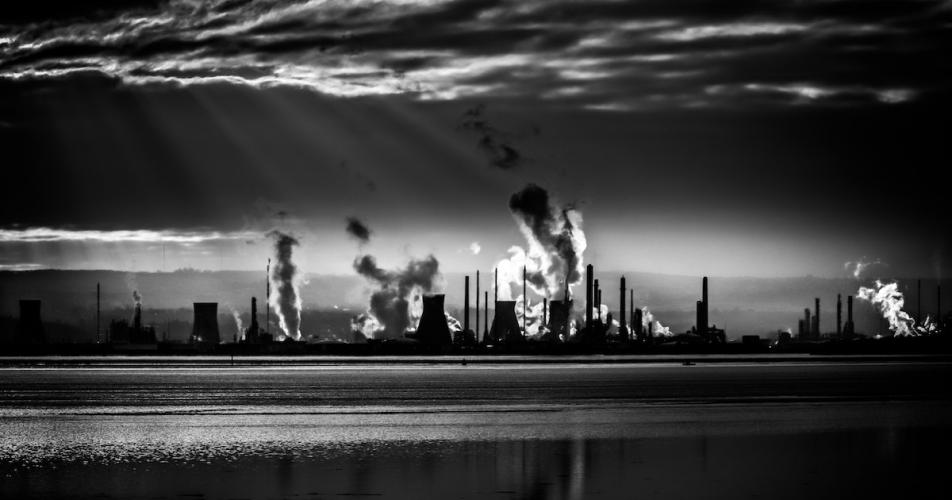Here are your recommended items...
Here are your milestones...
Choose a gift to support your favorite creator.
Send appreciation in cash choosing your own custom amount to support the creator.
CustomFeature the author on the homepage for a minimum of 1 day.
$15Send a power-up (Heart Magnet, View Magnet, etc.).
Starting from €2Boost the user's post to reach a custom amount of views guaranteed.
Starting from €5Gift a subscription of any plan to the user.
Starting from €5Send cheers to Hans with a custom tip and make their day
More hearts on posts (24 hours)
€22x Stars for 1 hour
€2Reward the user for their content creation by encouraging to make more posts. They receive extra rewards per heart.
€5More views on posts (48 hours)
€10Level up with one level
€10The campaign will be active until the end date, but your selected goals will be achieved within the delivery timeframe you selected.
Standard duration is 5 days, but you can extend it up to 30 days.
Start your 14-day free trial now to publish your sponsored content. Cancel anytime.

An error has occured. Please contact the Yoors Team.
An error has occurred. Please try again later

